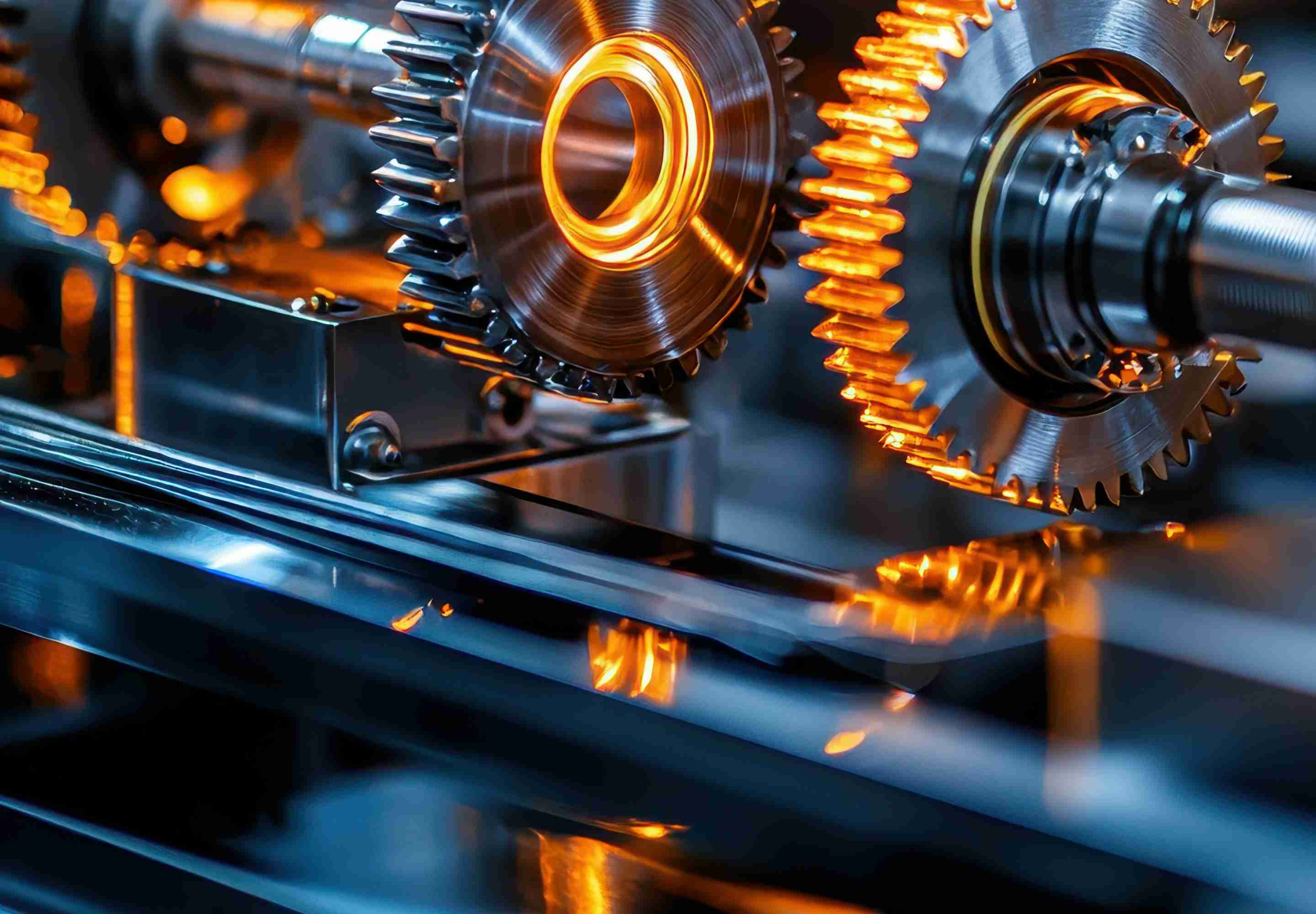-
Featured services
2026 Global AI Report: A Playbook for AI Leaders
Why AI strategy is your business strategy: The acceleration toward an AI-native state. Explore executive insights from AI leaders.
Access the playbook -
Services
View all services and productsLeverage our capabilities to accelerate your business transformation.
-
Services
Network Services
-
Services
Cloud
-
Services
Consulting
-
-
Services
Data and Artificial Intelligence
- AI and Intelligent Solutions
- Data/AI Strategy and Program
- Data Engineering and Platforms
- Data Governance and Management
- Data Visualization and Business Decision
- GenAI Consulting
- GenAI Platforms
- GenAI Industry Services
- GenAI Infrastructure Services
- GenAI Value Transformation
- View Data and Artificial Intelligence
-
Services
Infrastructure Solutions
-
Services
Global Data Centers
-
Services
CX and Digital Products
-
Services
Application Services
-
Services
Sustainability Services
-
Services
Digital Workplace
-
Services
Business Process Services
-
Services
Generative AI
-
Services
Cybersecurity
-
Services
Enterprise Application Platforms
![]()
Accelerate outcomes with agentic AI
Optimize workflows and get results with NTT DATA's Smart AI AgentTM Ecosystem
Create your roadmap -
-
-
Insights
Recent Insights
-
The Future of Networking in 2025 and Beyond
-
Using the cloud to cut costs needs the right approach
When organizations focus on transformation, a move to the cloud can deliver cost savings – but they often need expert advice to help them along their journey
-
Make zero trust security work for your organization
Make zero trust security work for your organization across hybrid work environments.
-
-
![]()
2026 Global AI Report: A Playbook for AI Leaders
Why AI strategy is your business strategy: The acceleration toward an AI-native state. Explore executive insights from AI leaders.
Access the playbook -
-
2026 Global AI Report: A Playbook for AI Leaders
Why AI strategy is your business strategy: The acceleration toward an AI-native state. Explore executive insights from AI leaders.
Access the playbook -
Discover how we accelerate your business transformation
-
About us
CLIENT STORIES
-
Liantis
Over time, Liantis – an established HR company in Belgium – had built up data islands and isolated solutions as part of their legacy system.
-
Randstad
We ensured that Randstad’s migration to Genesys Cloud CX had no impact on availability, ensuring an exceptional user experience for clients and talent.
-
-
CLIENT STORIES
-
Liantis
Over time, Liantis – an established HR company in Belgium – had built up data islands and isolated solutions as part of their legacy system.
-
Randstad
We ensured that Randstad’s migration to Genesys Cloud CX had no impact on availability, ensuring an exceptional user experience for clients and talent.
-
![]()
2026 Global AI Report: A Playbook for AI Leaders
Why AI strategy is your business strategy: The acceleration toward an AI-native state. Explore executive insights from AI leaders.
Access the playbook -
- Careers
Topics in this article
Not long ago, I sat down with a senior executive at the world’s largest soft-drink maker to chat about the future of manufacturing. More specifically, what it takes to modernize a global production and supply operation, spanning legacy plants, evolving customer demands and a digital workforce that’s still finding its footing.
Over the course of the conversation, what stood out to me was their mindset. For them, modernization was how they built resilience into every process. That is, their aim was to recover when things went wrong, yes. But equally important to them, if not more so, was the ability to move faster when things went right.
That mindset is at the heart of what I believe responsible innovation looks like in the AI era. It’s about building the kind of enterprise that’s ready to take advantage of the full potential of AI, and that is strong enough to do so securely and at scale.
Let me show you what that looks like in practice.
Operational resilience means both being recovered and being ready
The soft-drink manufacturer I mentioned earlier faced a significant transformation challenge. Their various plants varied significantly in the age and digital maturity of their infrastructure and processes. Similarly, their people had different levels of fluency with new tools. And their supply chain had to move quickly in a standardized and consistent way.
Their answer was a unified approach, a common operational model that let them roll out standardized processes across more than a dozen manufacturing sites. That made their cloud and AI investments far more impactful. Their modernization enabled smarter order-taking, laid the groundwork for AI-enabled deployment of new soft-drink recipes and built digital agility into their operations.
That agility is precisely what strengthened their resilience. Because in their view, resilience meant moving forward confidently and consistently, with the infrastructure to support it.
Responsible innovation requires digital transformation
AI is foundational to digital modernization for manufacturers because it enables cutting costs and improves uptime. But it also removes friction so innovation can happen faster. That’s something I’ve seen clearly in our work with a global logistics leader.
This organization had decades of technology layered across their global footprint. Some of it was aging, including components that were business-critical. Rather than overhauling everything at once, they focused on building a modern digital core. They established an AI-ready infrastructure with hybrid cloud flexibility and secure, intelligent data flows.
Now, they’re using that modern foundation to launch new digital services and streamline product development. They can also connect with their customers more effectively, enabling predictive, real-time insights. The point is that innovation can build on new ideas if — and this is key — the ideas are executable and scalable within a secure, adaptable environment.
Agentic AI is already here, and it’s already acting
When we talk about AI, especially agentic AI, we’re talking about systems that can analyze and then act autonomously based on their analysis. Those systems are already being deployed in the physical world.
A great example is what we’re doing with a global mobility manufacturer. Together, we’re building an AI-powered platform that enables autonomous vehicles and infrastructure to interact in real time. The goal is to achieve zero traffic fatalities.
This platform uses distributed edge computing, predictive AI models and real-time environmental sensing to make context-aware decisions. The system might slow a vehicle down before a blind corner or reroute it entirely. It’s not theoretical. It’s deployed. And it shows clearly that when we build AI systems responsibly, they can operate safely and autonomously in high-stakes environments.
Innovation without AI-enabled security isn’t innovation at all
Of course, none of this matters if the foundation isn’t secure, and our recent global research on GenAI adoption revealed a clear disconnect. While CEOs are moving ahead rapidly with investments, CISOs are sounding the alarm. Only a small fraction of organizations feel confident in their governance frameworks. The rest are still figuring out how to deploy GenAI responsibly without exposing themselves to unnecessary risk.
The reality is that the manufacturers I speak with every day have an abundance of excitement and ambition. What they need more of is alignment. Security leaders need to be involved from the start, as gatekeepers and as co-architects. Responsible AI adoption can’t happen if cyber resilience is treated as an afterthought. It has to be baked in.
Modernization is the most responsible move you can make
If there’s one thread running through all these stories, it’s this: Innovation starts with modernization. It might be flashy, it might be headline-worthy, but first it must build long-term capacity, clarity and confidence.
When you modernize responsibly, you upgrade your tech stack and empower your teams. You shorten the time from idea to execution. And you give your enterprise the resilience, flexibility and intelligence it needs to thrive no matter what’s ahead.
That’s what responsible innovation looks like. And that’s what we’re building for our clients.




